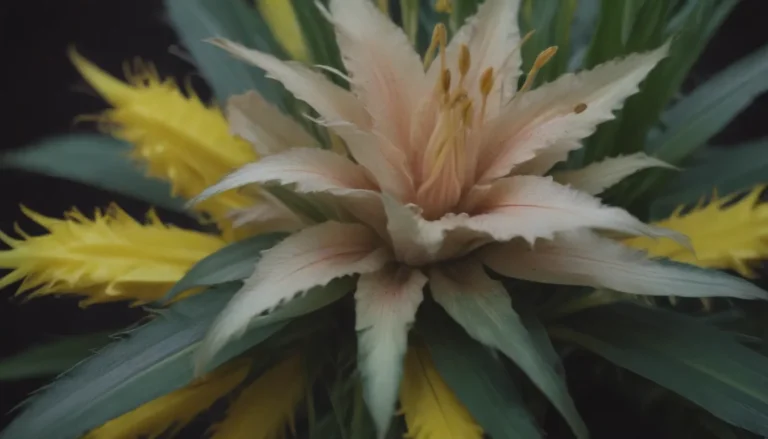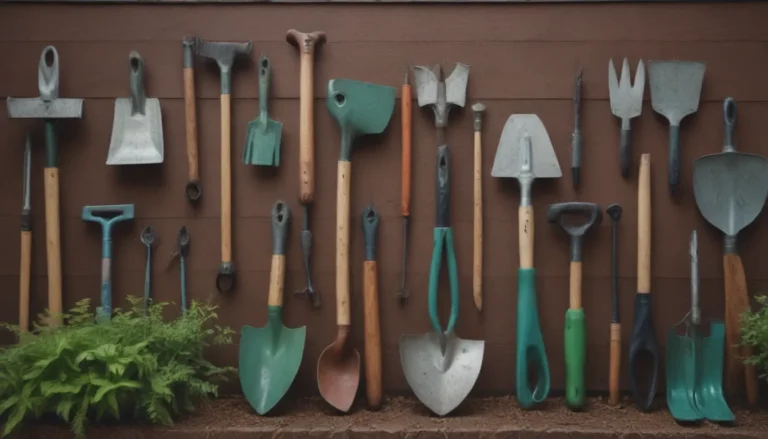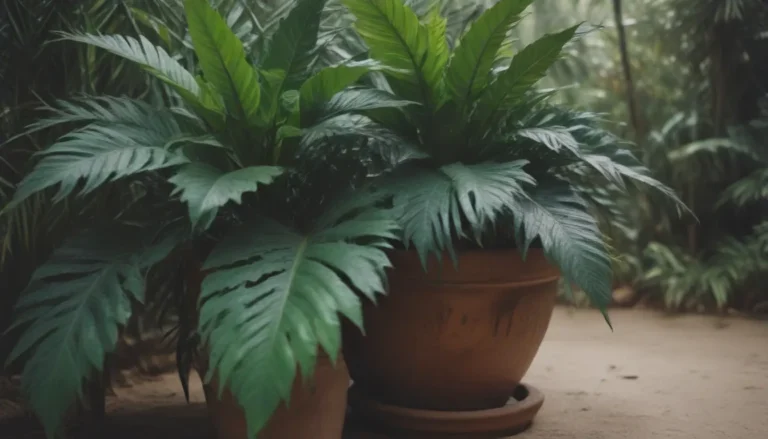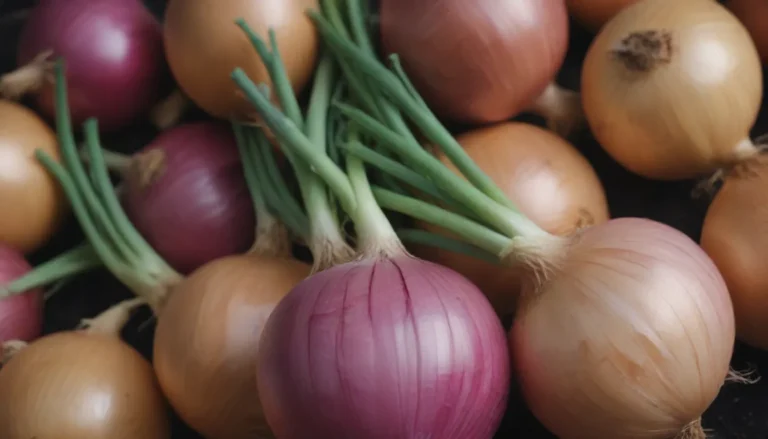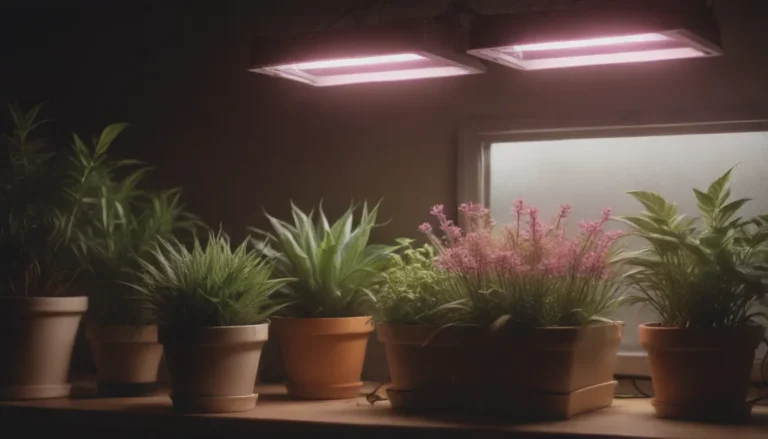The Ultimate Guide to Growing Turnips in Your Garden: Planting, Care, and Harvesting Tips
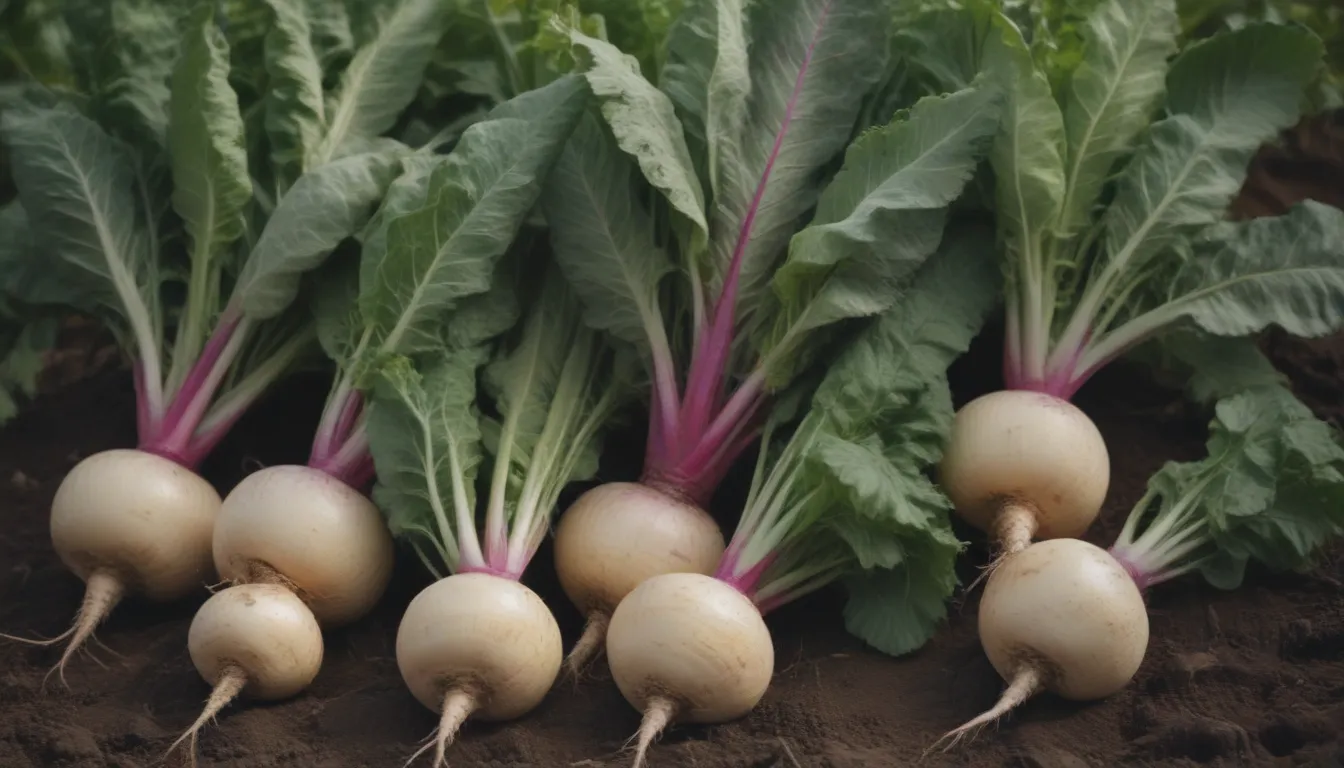
Are you looking to add a versatile and nutritious vegetable to your garden this season? Turnips might just be the perfect addition for you! Turnips are an easy-to-grow cool-season vegetable that offers a crop of delicious greens as well as a versatile root that can be enjoyed in many ways. Whether you are a seasoned gardener or just starting out, growing turnips can be a rewarding experience. In this comprehensive guide, we will walk you through everything you need to know about planting, caring for, and harvesting turnips in your garden.
Why Grow Turnips?
Turnips belong to the Brassica family, known for their nutritional value and versatility in the kitchen. Here are some reasons why you should consider growing turnips in your garden:
- Turnips are a good source of essential nutrients such as vitamin C, fiber, and potassium.
- They can be enjoyed raw, cooked, or pickled, offering a variety of culinary options.
- Turnips are easy to grow and can thrive in cooler temperatures, making them an ideal choice for spring and fall gardens.
- They can be grown in the ground or in containers, making them a versatile option for gardeners with limited space.
Planting Turnips: Tips for Success
Before you get started with planting turnips in your garden, here are some key tips to keep in mind:
When to Plant
Turnip seeds should be directly sown into the garden either in late winter/early spring for a spring crop or in late summer for a fall/winter crop. Seeds germinate quickly and mature in about eight weeks, allowing you to enjoy a bountiful harvest in no time.
Selecting a Planting Site
Choose a site with loose, well-draining soil that receives full sun. Avoid planting turnips in an area where other Brassica crops have been grown in the past three years to prevent disease. Till the soil until it is loamy to promote root growth and prevent waterlogged roots.
Spacing
Sow turnip seeds one to two inches apart in rows that are 18 to 30 inches apart. Once the seedlings have emerged, thin them to a spacing of three to six inches to allow room for root development.
Turnip Plant Care
Once your turnips are planted, it’s essential to provide them with the right care to ensure a healthy and abundant harvest. Here are some key care tips to keep in mind:
Light
Turnips require full sun (at least 6 hours) to develop properly. Make sure to plant them in a sunny spot in your garden to encourage vigorous growth.
Soil
Turnips prefer loamy soil with a neutral to slightly acidic pH. Ensure that the soil is well-draining and rich in organic matter to support healthy root development.
Water
Provide your turnips with approximately one inch of water per week from rainfall or irrigation. Avoid overwatering, as waterlogged roots can lead to poor root quality.
Temperature and Humidity
Turnips thrive in cooler temperatures and may produce poor-quality roots if grown in hot weather. Make sure to plant them during the early spring or late fall when temperatures are cooler for best results.
Fertilizer
Before planting turnips, have your soil tested to determine its pH level. Turnips thrive in slightly acidic to slightly basic soil (pH 6 to 7.5). Add well-rotted manure or compost to improve soil quality but avoid over-fertilizing, as turnips do not require additional fertilization once planted.
Types of Turnips
Turnips come in a variety of shapes, sizes, and colors, each offering a unique flavor profile. Here are some common types of turnips you can grow in your garden:
- ‘Just Right’
- ‘Purple Top White Globe’
- ‘Yellow Globe’
- ‘White Lady’
- ‘Red Round’
- ‘Topper’
- ‘White Egg’
Harvesting Turnips
Harvesting turnips is a rewarding experience that allows you to enjoy the fruits of your labor. Here are some tips for harvesting turnips in your garden:
- Most turnip varieties are best harvested when they are small, typically two to three inches in width.
- Use a spade to loosen the soil around the plant and gently pull the root from the ground. Trim the greens about one inch from the root, wash, and enjoy them fresh.
- Store harvested turnip roots in the produce drawer of the refrigerator for up to two weeks. Due to their high moisture content, turnips do not store well long-term.
Growing Turnips in Pots
If you have limited space or want to grow turnips on your patio or balcony, you can easily grow them in pots. Here’s how to grow turnips in containers:
- Select a container that is at least 16 inches wide and eight inches deep with drainage holes.
- Fill the container with well-draining potting mix amended with organic matter.
- Scatter turnip seeds and cover with one inch of soil. Thin the seedlings to four inches apart once they germinate.
- Place the container in full sun, water regularly, and harvest turnips when they reach about two inches in width.
Common Pests and Plant Diseases
Like other Brassica crops, turnips are susceptible to pests and diseases that can affect their growth and yield. Here are some common pests and diseases to watch out for when growing turnips:
- Flea beetles: These pests chew holes in turnip greens but do not harm the roots.
- Cabbage maggots: These pests feed on the roots and can tunnel through turnip roots, causing damage.
- Black rot: This disease causes yellow triangles on leaf edges and can lead to rot and poor root development.
- Clubroot: A soil-borne disease that stunts root growth and can affect turnips’ overall health.
Conclusion
Growing turnips in your garden can be a rewarding experience, whether you are a beginner or seasoned gardener. By following the tips and guidelines outlined in this guide, you can successfully plant, care for, and harvest turnips in your garden. With their versatility, nutritional value, and ease of cultivation, turnips are a fantastic addition to any garden. Are you ready to start growing turnips in your garden? Get your seeds ready and watch your turnip harvest flourish!
